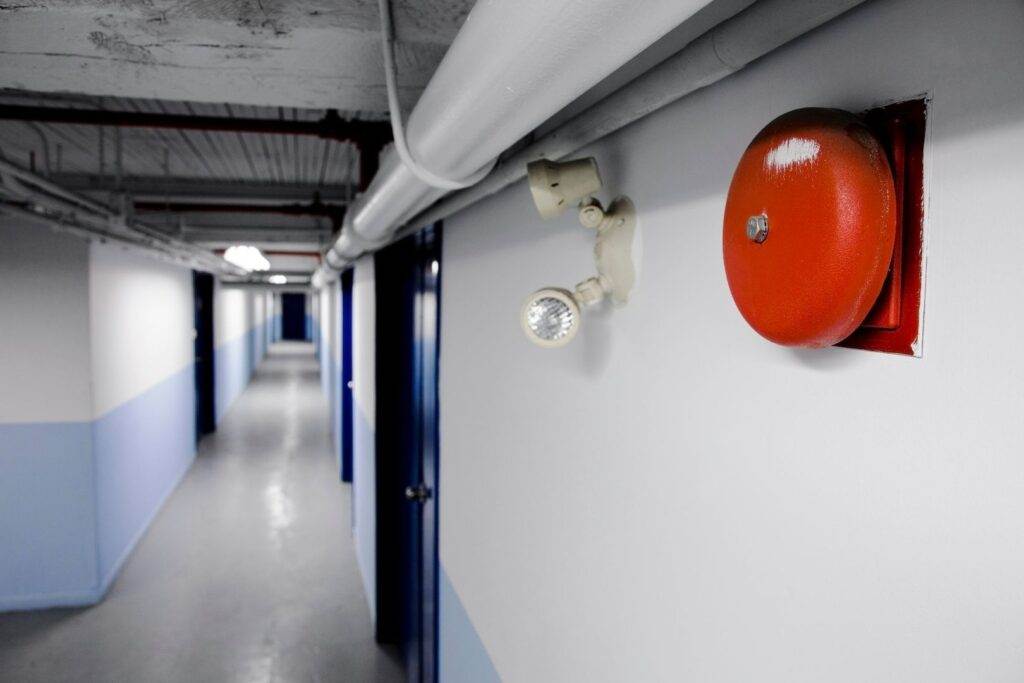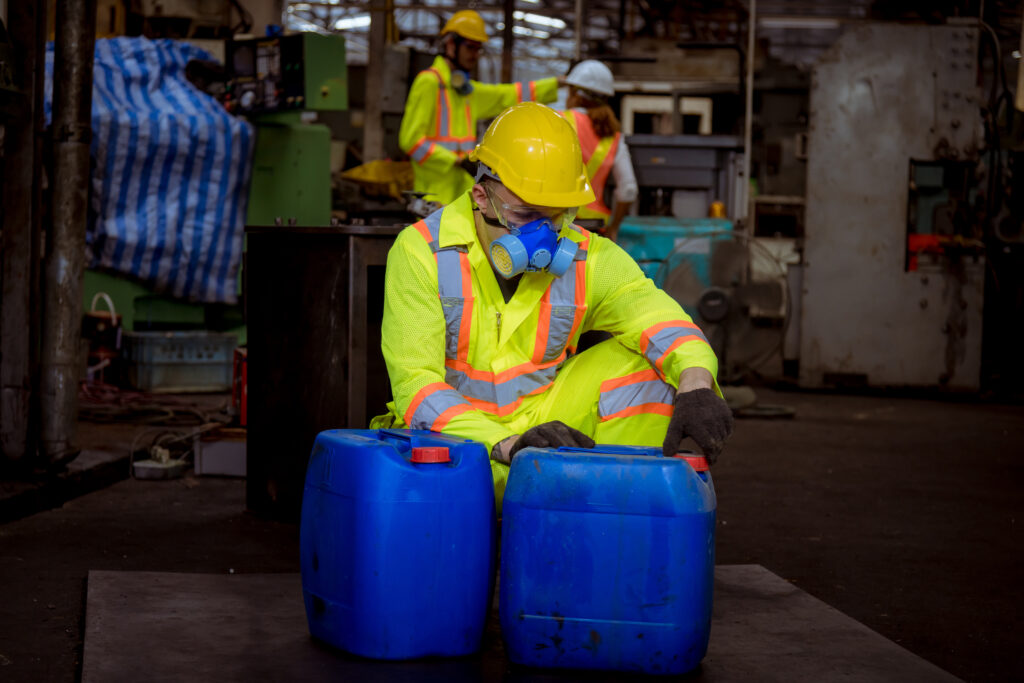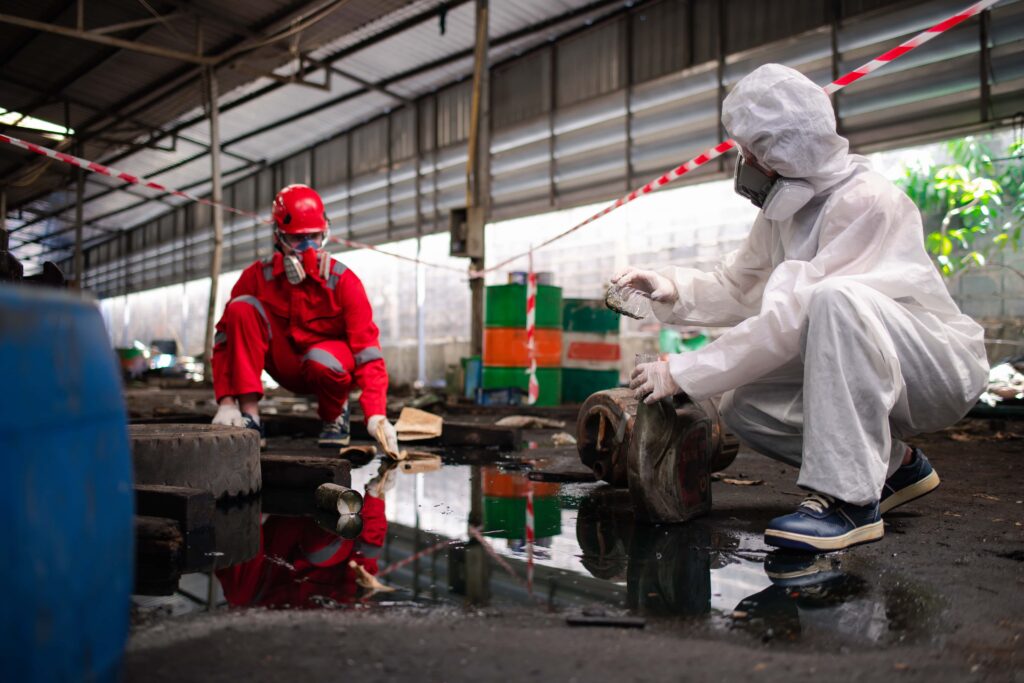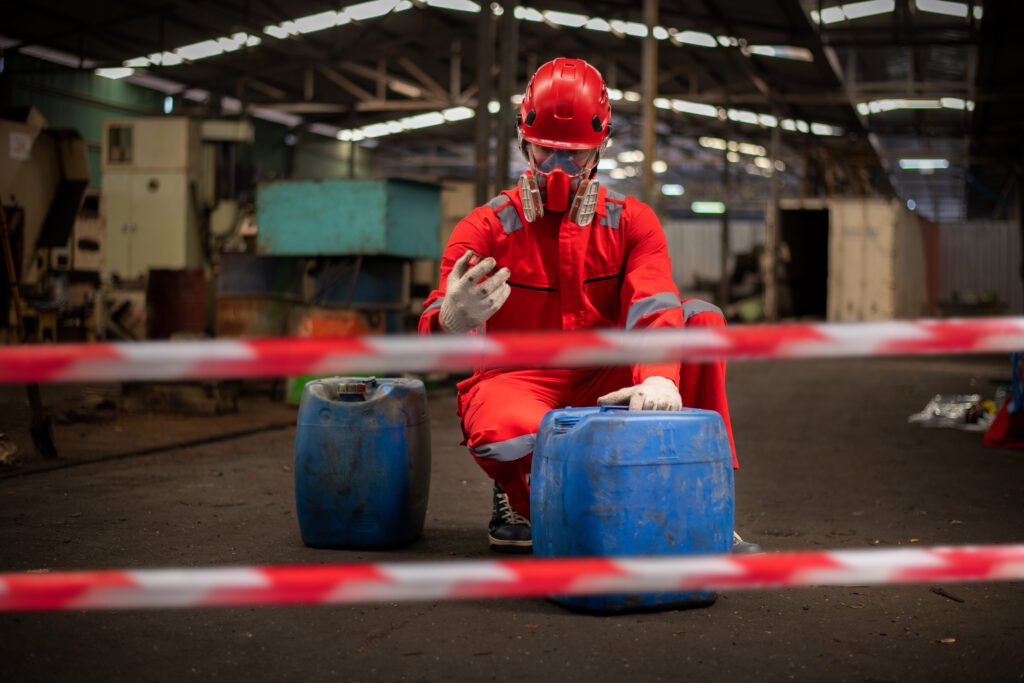How would you escape from your worksite in the event of an emergency evacuation? Do you know where all the exit routes are in case your first choice is too crowded? Are you sure doors will be unlocked? Did you consider that other exits—like hallways—may be blocked during a fire, explosion, or other crisis?
Keep in mind the following evacuation tips to prepare for and take action during an emergency.
Evacuation Preparation
- Familiarize yourself with the emergency evacuation plan.
- Know the pathway to at least two alternative exits from every room or area at the workplace.
- Recognize the sounds or signaling method of the fire and evacuation alarms.
- Know who to contact in an emergency and how to contact them.
- Know how many desks or cubicles are between your workstation and two of the nearest exits so you can escape in the dark, if necessary during an emergency evacuation.
- Know where the fire and evacuation alarms are located and how to use them.
- Report any damaged or malfunctioning safety systems and backup systems.
Evacuating Safely
- Leave the area quickly, but in an orderly manner, following’s emergency evacuation plan.
- Go directly to the nearest fire-free and smoke-free stairwell, recognizing that in some circumstances the only available exit route may contain limited amounts of smoke or fire.
- Listen carefully for instructions.
- Crawl low, under the smoke, to breathe cleaner air if there is a fire.
- Test doors for heat before opening them by placing the back of your hand against the door so you do not burn your palm and fingers.
- Do not open a hot door; find another exit route.
- Keep fire doors closed to slow the spread of smoke and fire.
- Avoid using elevators during an emergency evacuation.
- Report to the designated meeting place.
- Do not re-enter the building until directed by authorities.
If You’re Trapped
- Stay calm and take steps to protect yourself.
- Go to a room with an outside window, and call for help if possible.
- Stay where rescuers can see you and wave a light-colored cloth to attract attention.
- Open windows if possible, but be ready to shut them if smoke rushes in.
- Stuff clothing, towels, or newspapers around the cracks indoors to prevent smoke from entering your room.
Preparing in advance to safely evacuate a building or worksite can be critical to your safety. Take the time now to think about evacuation procedures and how you would respond in an emergency.








